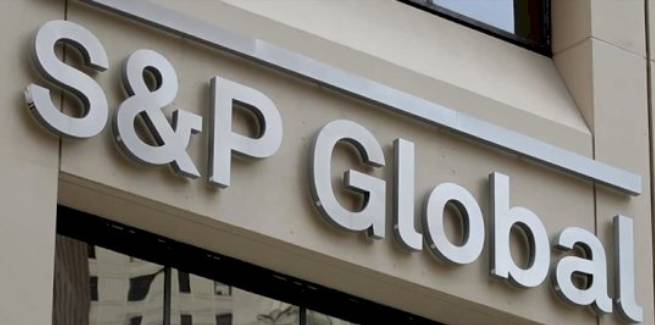S&P Global Ratings has revised its assessment of risks facing Australia’s banking system, upgrading the stand-alone credit profile (SACP) of the big four banks from “a-” to “a”.
S&P has also raised its ratings on the Basel II compliant tier 1 and tier 2 hybrid instruments issued by the major banks to BBB and A-, respectively.
According to the credit ratings agency, its revisions reflect the “reduced economic risks facing the Australian banks” – making specific reference to stabilisation in the housing market.
“We believe that the national house price index has bottomed out following an orderly correction in the most populous cities of Sydney and Melbourne,” S&P noted.
S&P stated that following strong growth in house prices in Sydney and Melbourne, it expects “relatively modest growth” in dwelling values and household debt in the next two years.
The credit agency claimed that modest growth would be supported by low interest rates reducing oncoming supply of housing stock, and continued population growth.
“Notwithstanding subdued consumer and business sentiment, we see a relatively benign outlook for the Australian economy underscored by modest growth and low unemployment rates,” S&P stated.
“We expect that the improvement in economic risks should be sustained over the next two years despite the recent softening in our forecast for real GDP growth.”
S&P added that stronger lending standards will reduce stability risks.
“Furthermore, we believe that stronger underwriting standards by the Australian banks in recent years – as reflected in a lower share of higher risk mortgages such as those with high loan-to-value ratios or interest-only payments – also indicate that the risks faced by the Australian banks have reduced,” the ratings agency said.
However, the ratings agency warned that banks “remain vulnerable” to risks associated with “high house prices and household debt, subdued consumer and business sentiment, and Australia’s external weaknesses”.
“In our view, these imbalances expose the banks in Australia to a scenario of a sharp correction in property prices, and its severe consequences,” S&P stated.
“At the same time, continued strong population growth, low interest rates, and a limited supply of housing stock could result in a strong resurgence in house prices and household debt, which would exacerbate economic risks faced by banks in Australia.”
S&P concluded: “Nevertheless, we consider that the probability of either of the above scenarios remains relatively remote and the Australian banks’ loan losses in the next two years are likely to remain low by historical and international comparison.
“We expect that, if needed, the authorities would use macro-prudential tools to prevent a rapid build-up of imbalances through the recurrence of strong growth in property prices or private sector debt.”
[Related: Treasurer ‘jawboning’ banks to ‘lower lending standards’]
 ;
;
